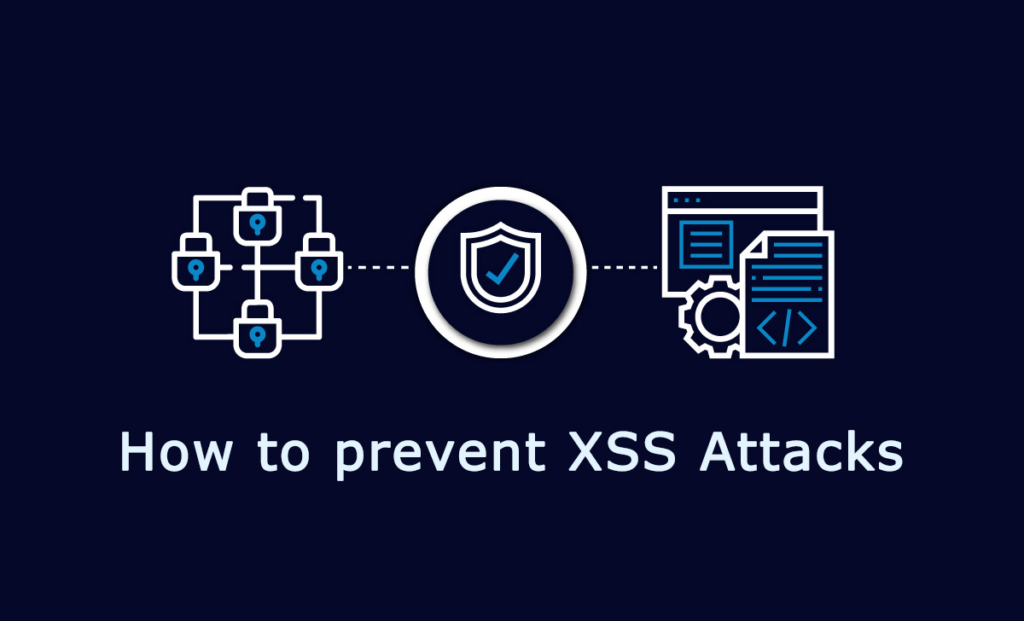Cross-Site Scripting (XSS) attacks are a serious threat to website security. They involve injecting malicious scripts into otherwise trusted websites, potentially compromising user data and damaging your site’s reputation. Understanding how these attacks work and how to protect against them is crucial for any website owner.
Understanding XSS Attacks
XSS attacks exploit vulnerabilities in web applications that allow attackers to send malicious code, usually in the form of browser-side scripts, to unsuspecting users. These flaws often arise when a web application uses user input in its output without proper validation or encoding. This allows the attacker’s script to be executed in the user’s browser, as if it were a legitimate part of the website.
Two Main Types of XSS
While there is a lesser-known type called DOM Based XSS, we will focus on the two most common categories:
- Stored XSS (Persistent or Type-I XSS): In this type of attack, the malicious script is permanently stored on the target server. Think of it like a ticking time bomb. It could be stored in a database, forum post, comment section, or anywhere user input is saved. When a user visits the affected page, the malicious script is retrieved from the server and executed in their browser.
- Reflected XSS (Non-Persistent or Type-II XSS): Here, the malicious script is reflected off the web server. It is often delivered through a malicious link in an email or on another website. When a user clicks the link, the injected code travels to the vulnerable website, which then “reflects” the attack back to the user’s browser. Because the code appears to originate from the trusted server, the browser executes it.
Is Your Website Vulnerable?
Identifying and removing XSS vulnerabilities can be tricky. The most effective approach is a thorough security review of your website’s code, focusing on all areas where user input from HTTP requests could end up in the HTML output. Keep in mind that malicious JavaScript can be embedded in various HTML tags. While automated scanning tools like Nessus and Nikto can help identify some vulnerabilities, they often only scratch the surface. If you find one vulnerability on your site, it is highly likely others exist.
Protecting Your Website from XSS Attacks
If your website is built on WordPress, a great way to protect yourself is by using the “Prevent XSS Vulnerability” plugin. This plugin offers several layers of protection, helping to block and mitigate XSS attacks. You can find more details about the plugin and download it from the WordPress plugin repository:
- Plugin Details: https://www.yasglobal.com/contributions/prevent-xss-vulnerability/
- Download: https://wordpress.org/plugins/prevent-xss-vulnerability/
Learn More
Want to dive deeper into the world of XSS? The Open Web Application Security Project (OWASP) is an excellent resource:
- OWASP XSS Information: https://owasp.org/www-community/attacks/xss/
By understanding the nature of XSS attacks and taking proactive steps to protect your website, you can significantly reduce your risk and ensure a safer online experience for your users.
